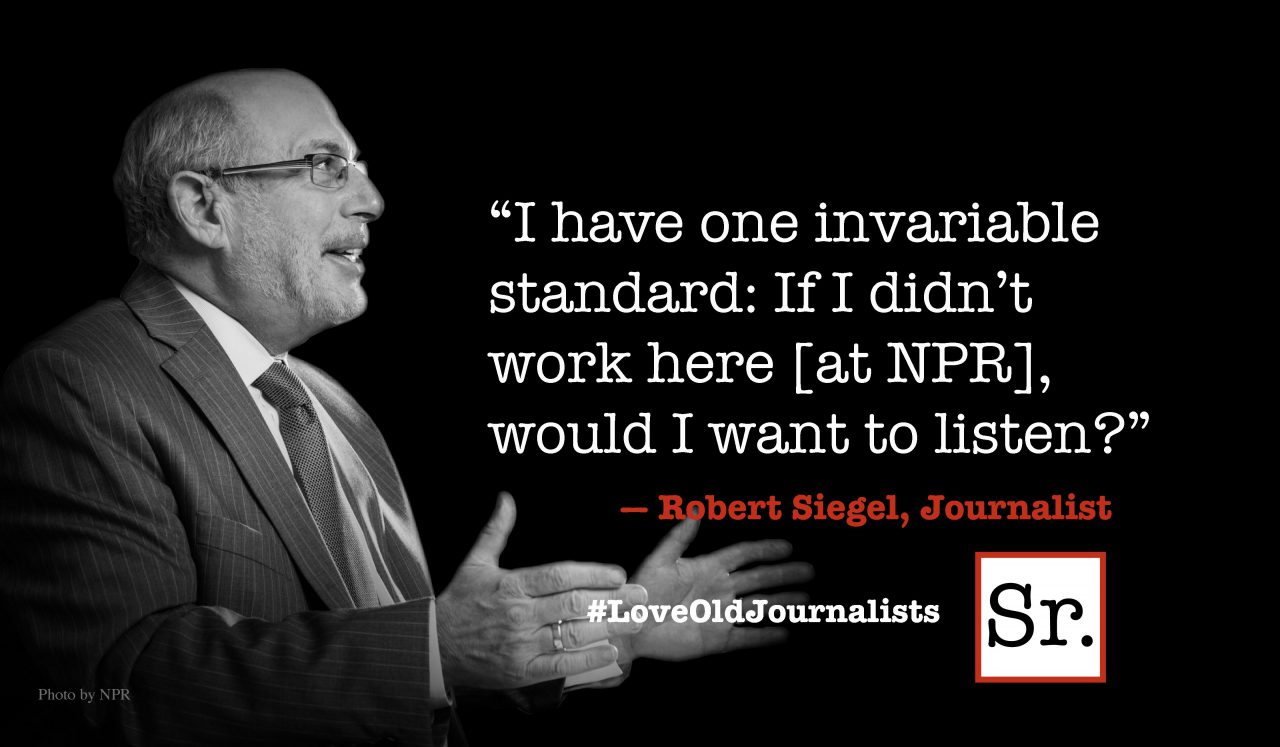Q. I live with my 40-year-old son and he smokes like the proverbial chimney around the house. I’m afraid of what it’s doing to his health. What can I do to get him to quit?
Tell him he may be killing you with his secondhand smoke.
Secondhand smoke — also called environmental tobacco smoke (ETS) — is made up of the “sidestream” smoke from the end of a cigarette, pipe, or cigar, and the “mainstream” smoke that is exhaled.
Nonsmokers exposed to secondhand smoke absorb the same 4,000 chemical compounds that smokers do. More than 60 of these compounds are known or suspected to cause cancer.
About one in a hundred deaths worldwide is caused by secondhand smoke, which kills an estimated 600,000 people a year, according to World Health Organization (WHO) researchers. Each year, in the United States alone, secondhand smoke is responsible for about 40,000 deaths from heart disease, and about 3,000 lung-cancer deaths,
Secondhand smoke causes increased cardiovascular risks by damaging blood vessels, decreasing your ability to exercise and altering blood cholesterol levels.
Some research indicates that people exposed to a spouse's cigarette smoke for several decades are about 20 percent more likely to have lung cancer. Those who are exposed long-term to secondhand smoke in the workplace or social settings may increase their risk of lung cancer by about 25 percent.
Some of the components found in tobacco smoke that are known to cause cancer or are suspected to be carcinogenic include: formaldehyde, arsenic, cadmium, benzene and ethylene oxide.
Here are a few other chemicals in tobacco smoke along with their effects: ammonia (irritates lungs), carbon monoxide (hampers breathing), methanol (toxic when inhaled) and hydrogen cyanide (interferes with respiration).
Throughout the world, governments are taking action against smoking in public places, both indoors and outdoors. Smoking is either banned or restricted in public transportation. Several local communities have enacted nonsmokers’ rights laws, most of which are stricter than state laws.
Although air-conditioning may remove the visible smoke in your home, it can't remove the particles that continue to circulate and are hazardous to your health, so don’t delude yourself that running the AC is the answer to secondhand smoke dangers.
To solve your problem, you should try to get your son to seek help in fighting his addiction to nicotine. There are many programs available. Call your doctor for some recommendations. Meanwhile, for your own health, you should insist that he not smoke in your house.
If you would like to read more columns, you can order a copy of “How to be a Healthy Geezer” at www.healthygeezer.com








